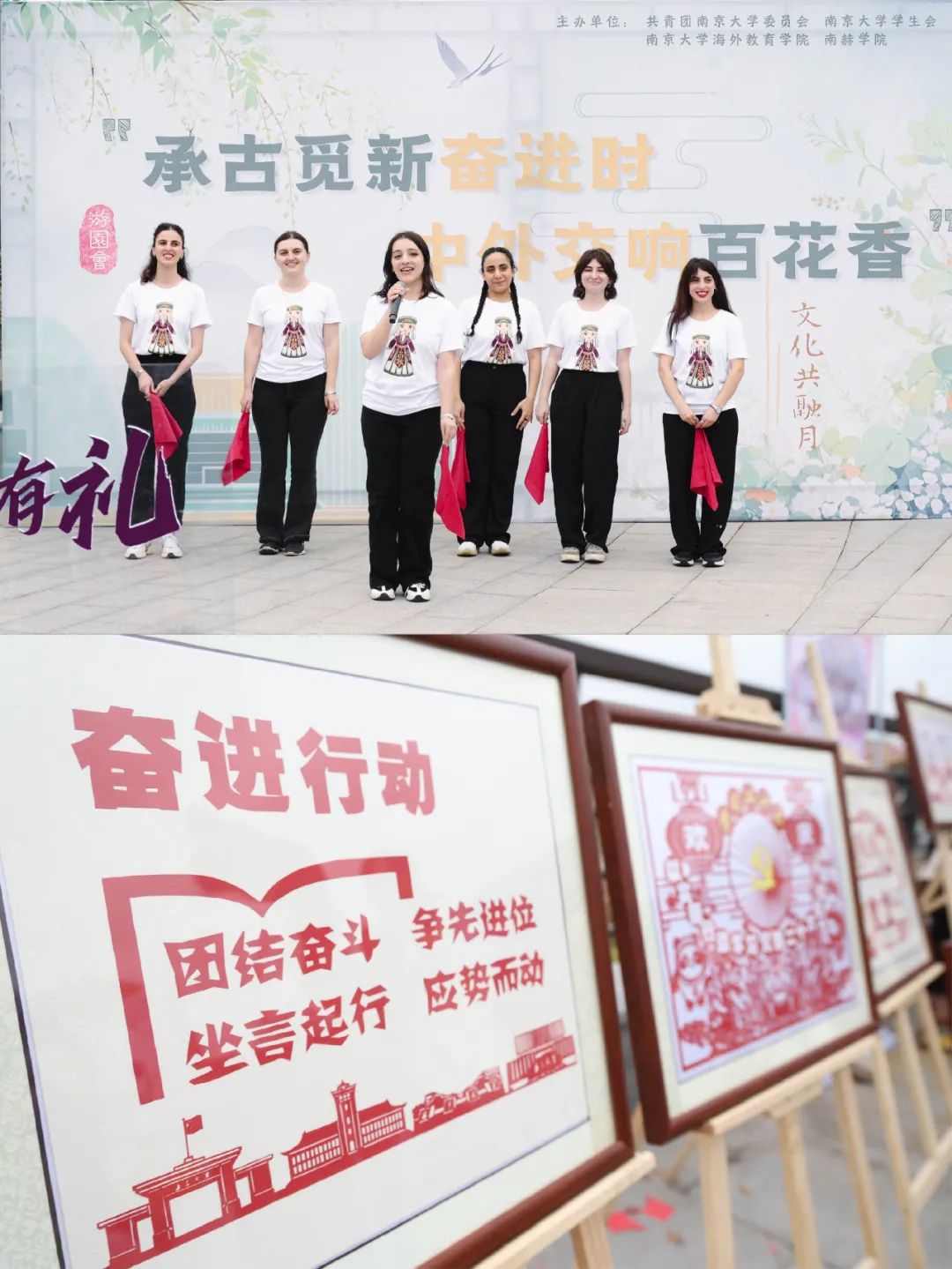
The culture of Artsakh- Nagorno Karabakh
Artsakh (Nagorno Karabakh) and adjacent territories belonging to the historical provinces of Syunik and Utik of historical Armenia have been called an open-sky treasure receptacle of various forms of art and architecture of global significance.
Overall, Artsakh hosts several thousand historical monuments. In addition to ecclesiastical structures, this number includes samples of civil architecture, castles, fortresses, numerous khachkars, and three mosques.
The art and architecture created on the territory of the Republic of Artsakh have progressed through the same major stages as Armenian art in a larger sense. They began developing in pre-Christian times, proceeded through the adoption of Christianity in the early fourth century, and entered the era of modernity after the golden age in the Middle Ages.
The principal expression of Artsakh’s art in the Middle Ages was through ecclesiastical architecture: churches, cathedrals, chapels, and monasteries. Artsakh’s world-famous historical monuments include:
1. Tigranakert of Artsakh, a Hellenistic city established by order of Tigran II the Great, King of Armenia (95 BC-56 BC)
2. Gandzasar Monastery (1236 AD) in Lower Khachen
3. Dadivank Monastery (1214 AD) in Upper Khachen, with its famous twin khachkars
4. Amaras Monastery in Varanda (4th Century)
5. Tzitzernavank basilica in Kashatagh (5th Century)
6. Ghazanchetsots Cathedral of the Holy Savior in the city of Shushi (1887)
Most other forms of art in that period, including illuminated manuscripts, khachkars (unique-to-Armenia stone monuments with engraved crosses), and mural paintings, were likewise tied to Artsakh’s religious life and its primary institution — the Armenian Apostolic Church.
In addition to the artifacts of Armenian culture, Artsakh’s city of Shushi hosts three mosques built in the 19th Century. They belong to the Persian cultural heritage of Turkomans (known as “Azerbaijanis” since the 1920s). They settled in Artsakh in the mid-18th Century as a minority but left the region in the 1930s.












